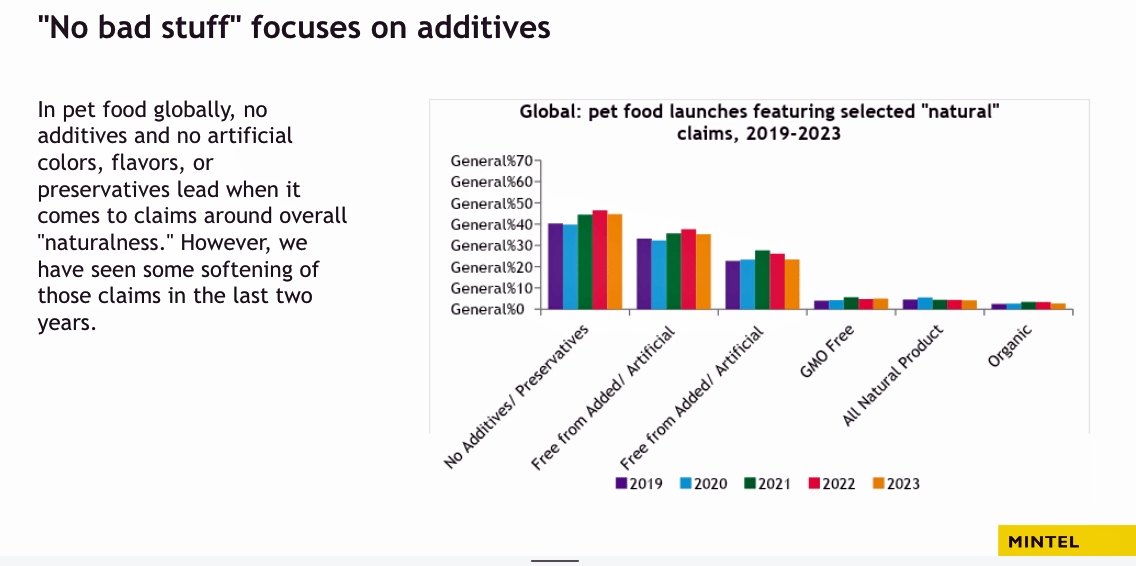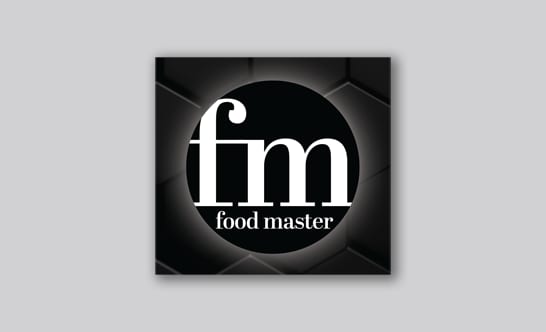Case Study: Operations
FOOD ENGINEERING talks with Mintel Consulting’s Lynn Dornblaser about consumer preferences for pet food over the last five years and what’s ahead.
Health and Wellness for Pet Food
Consumers Identify
The pet food market is exploding with new product introductions. From 2019 to 2023, “about a third of all product introductions in the pet food segment were from new companies or brands, which is much more than what is seen in human food,” says Lynn Dornblaser, director of innovation and insight at Mintel Consulting. Dornblaser has been researching trends and surveying consumers in the food and beverage segment for more than 20 years. In late January, Dornblaser appeared at the Pet Food Conference, part of the 2024 IPPE show, and provided FOOD ENGINEERING a preview of her presentation.
Image courtesy of Getty Images / StockSeller_ukr
by Grant Gerke
In her presentation, Dornblaser cited three trends moving the pet food industry for the last five years: product and formula personalization, natural and easy-to-understand labels, and sustainability. Mintel Consulting captures global pet food trends, and Dornblaser’s recent presentation is a comprehensive look at numerous pet food surveys and research over the last five years. On average, Mintel Consulting’s pet food surveys include more than 2,000 respondents for each project.
What Mintel is watching:
● Mintel’s research states that more than half of the new product introductions in the last five years have been for dogs and cats.
● While dog ownership is most common, product introductions are fairly split between dog and cat.
● The largest percentage of pet food product introductions appeared in Europe, with Asia Pacific in second and North America in the fifth spot.
For our discussion, we delved deeper into the pet food presentation from Dornblaser and examined health and wellness preferences, new production introductions, sustainability and different regions.

Lynn Dornblaser, director of innovation and insight at Mintel Consulting, has been researching trends and surveying consumers in the food and beverage segment for more than 20 years. Image courtesy of Lynn Dornblaser
[Editor’s Note: This interview has been slightly edited for clarity.]
FOOD ENGINEERING: What are some of the biggest surprises or takeaways from Mintel’s pet food research over the last five years?
Lynn Dornblaser: I think it's always fascinating with pet food to look at claims around clean and simple ingredients because pet food formulations are usually not, and can't be, in so many countries. For example, the products have to be nutritionally complete in the U.S. and many other countries. That means the pet food has a lot of ingredients that consumers aren't going to know. If this were non-pet food, consumers would say “What is this horrible chemical?” and then find out the brand is using vitamin E as a preservative.
The responses were interesting, and it was a little surprising that there was as much interest in clean and simple ingredients and that so many pet food products are talking about it. In the U.S., 23% of pet owners are looking for products with limited ingredients lists. In response, Mars Petcare expanded its Nutro range with Nutro So Simple, a range of dog foods that are formulated with just a handful of key ingredients. Those ingredients are illustrated and labeled prominently on the front of the pack. I think there's something that the human food and beverage industry can learn from this clean label trend: showcase the main ingredients [on the labels] or the first five ingredients.
Another interesting aspect of our research, which I’m continually surprised by, is how different yet similar things are from one part of the world to another. Even with my experience looking at new product trends, it would seem like pet food products from one part of the world to another would be totally and completely different. However, pet food products are very much the same, along with consumer attitudes: The feeling that you would do whatever you need to for your pet, and your pets should have the very best of everything. It surprised me.
Lastly, the basics of the survey numbers are always interesting: what percentage of consumers in a variety of countries, what percentage of dog ownership, what percentage of cat ownership and how different it is from one country to another. I think it's something that's always a little bit of a surprise.

Beside more new product introductions in Europe, these wet pet food products lean into consumers’ health and wellness preferences. Image courtesy of Mintel Consulting
FE: What about health and wellness trends in pet food products? Are customers projecting their desires onto pets, and who’s leading the way with these product introductions? And, will this trend have lasting power?
Dornblaser: Yes, health and wellness does feel like a trend that is most definitely here to stay. So much of the activity in pet food is driven by what consumers deem important for themselves and, especially, for their children. I didn't mention this in the Pet Food Conference presentation, but this overall health and wellness trend, driven by consumers, is one of the things that has led to vegetarian cat food, keto formulations, Atkins diet-type products and that sort of thing. And I always have to laugh with vegetarian cat foods, because they don’t eat plants. Not even a little bit. Dogs, they'll eat whatever you put in front of them, but cats, no, they're called obligated carnivores. They must eat meat. They need those amino acids.
Europe is a really big place and different countries behave so differently, but in some parts of Europe you see differences in comparison to North America. I'm thinking of France, Italy and Spain. It feels like there's more new products, especially dog food that is formulated for specific breeds.
But when it comes to health and wellness, in general, probably the closest analog to talking about pet food is baby and toddler food because, just like pets, they can't tell you what they want. They can't tell you what’s needed, so you have to make all the decisions for them, and you want to make sure you make good choices for them.
That's why we see so much about the need for elevated nutritional values for pets: bone, joint, skin, nails and digestion. These values are important to consumers because they want their pets to live forever and have the very best possible life.
FE: Are there any differences between countries or regions with health and wellness approaches?
Dornblaser: Europe is a really big place, and different countries behave so differently, but in some parts of Europe, you see differences compared to North America. I'm thinking of France, Italy and Spain. It feels like there's more new products, especially dog food, that is formulated for specific breeds. So, it's not about formulating the lineup with DNA—saliva tests to create a dog or cat nutritional plan. Instead, this is a German shepherd dog; this kind of nutrition will optimize an active, relatively large dog.
Also, in some parts of Europe, pet food is less sentimental and more about functionality: How is this pet food optimizing your pet's well-being, as opposed to is it going to make them happy? In the U.S., a pet’s happiness is the bottom line. Although with cats, we've always been cat owners. The trick is to find food that they will eat consistently.

Another pet food trend that mimics human food and beverage preferences is the product’s environmental impact. Image courtesy of Mintel Consulting
DNA Testing for Pets on the Horizon?
In Dornblaser’s presentation, she peered into the crystal ball. She discussed how nutritional diets tied to DNA could emerge:
● In France, 31% of pet owners would be willing to pay to have their pet's DNA tested (e.g., via a saliva swab) to find the healthiest diet for the pet; rising to 45% of people between the ages of 16-34. However, brands will need to ensure the price is not prohibitive.
● While there are dog foods for specific breeds and DNA testing to understand the breed makeup of pets, there is a gap for DNA-tailored pet food.
● As consumers continue to look for ways to personalize and optimize their own health (and the foods they eat to do that), we can expect some consumers to consider the same for their pets.

Clean ingredients—no additives or preservatives—have not wavered for the last five years across the globe. Image courtesy of Mintel Consulting
FE: From Mintel Consulting’s research, the pet food industry is seeing many new pet food products companies entering the market. Do you see more mergers and acquisitions coming?
Dornblaser: Yes, absolutely. The market globally continues to innovate, with the greatest percentage of pet food launches appearing in Europe. We have noticed this in the food and drink segment, and small companies often have unique positioning, specific formulas or compelling packaging. They get a small but loyal following, and then one of the big guys, Purina or Mars, comes along and buys them. FE


